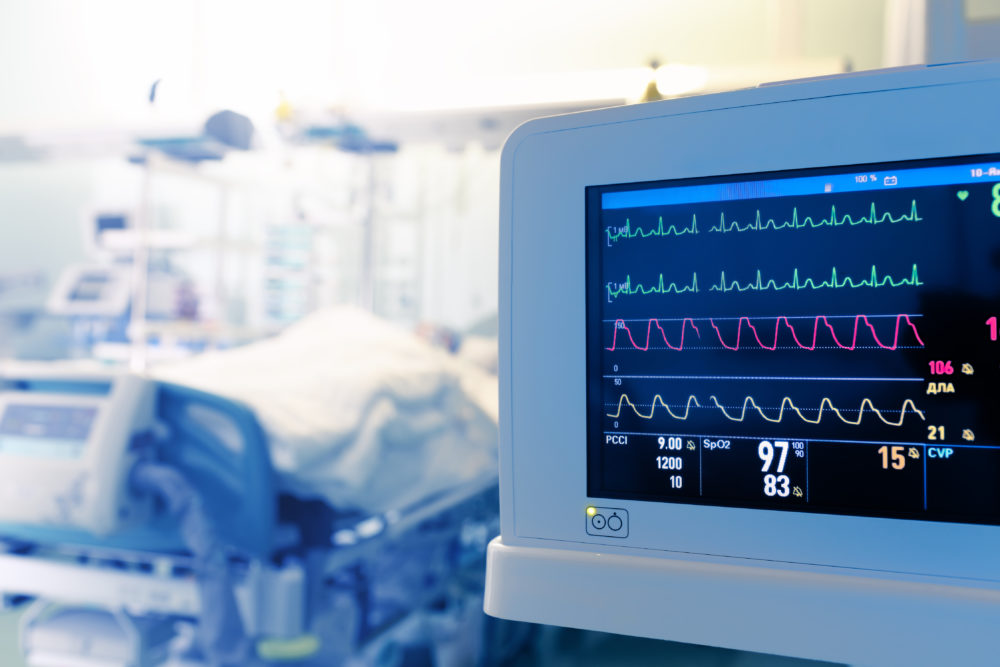High-Dose Glucocorticoids Useful in Treating Stevens-Johnson Syndrome: Study
Stephens-Johnson syndrome treatment with glucocorticoids were successful in resolving the reaction that has been linked to several prescription drugs

The findings of a new study suggests glucocorticoid steroids may be successful at treating and reducing the risk of death from Stephens-Johnson Syndrome (SJS), a severe and debilitating allergic reaction that can be caused as a side effect of certain prescription medications, resulting a burning of the skin from the inside out.
Stevens-Johnson syndrome (SJS) side effects product painful blisters, severe rash and often cause the skin to separate from the body. When the skin lesions affect more than 30% of the body, the condition is typically referred to as toxic epidermal necrolysis (TEN), and results in the need for treatment in a hospital Intensive Care Unit (ICU) or Burn Unit. In severe cases the condition can result in vision loss or blindness, leaving individuals with devastating injuries, or even death.
According to a report published this week in the medical journal Clinical, Cosmetic and Investigational Dermatology, researchers indicate that treating Stevens-Johnson syndrome patients with glucocorticoid steroids often successfully alleviates the condition.
Chinese researchers conducted a retrospective study of 56 patients with SJS which led to TEN. They treated patients with glucocorticoids in the dermatology ward of Peking University Third Hospital in Beijing, China from 2010 to 2020.
The most common causes of SJS reactions among study patients were antibiotics, analgesics, traditional Chinese medicines, and neuropsychiatric drugs. One-third of incidences were caused by antibiotics, 22% by antipyretic or analgesic drugs, 15% by Chinese medicines or health products, and 14% by neuropsychiatric drugs.
The findings indicated 93% of patients who received glucocorticoids for complications linked to SJS/TEN had improved symptoms at the time of discharge. About 73% of those patients also suffered mild complications linked to systemic glucocorticoids, but the steroids were the best treatment option to reduce injury and death risk among SJS patients.
The researchers also concluded administering medium or high-dose hormone therapy had little effect treating SJS or underlying disease. The complications were mild, but they did not help reduce the severity of the primary condition.

Do You Know About...
Childhood Diabetes Lawsuits Against Junk Food Industry
Lawyers are now pursing financial compensation for families of children diagnosed with Type II diabetes, fatty liver disease and other chronic illnesses caused by addictive and harmful substances in ultra-processed foods.
Learn MoreThe mortality rate for SJS/TEN among the patients in the study, 2%, was much lower than the expected mortality rate of 15%.
Drug-Induced Stevens-Johnson Syndrome
Studies suggest several types of anticonvulsants, antibiotics and non-steroidal anti-inflammatory drugs (NSAIDs) may lead to SJS.
A recent case study published this year also linked Neptazane, the glaucoma medication, to SJS. The medication is widely used to treat high pressure inside the eye and to help avoid vision loss. This is the first time the drug was definitively linked to SJS/TEN.
Overall, antibiotics were still the most common sensitizing drugs linked to SJS.





0 Comments